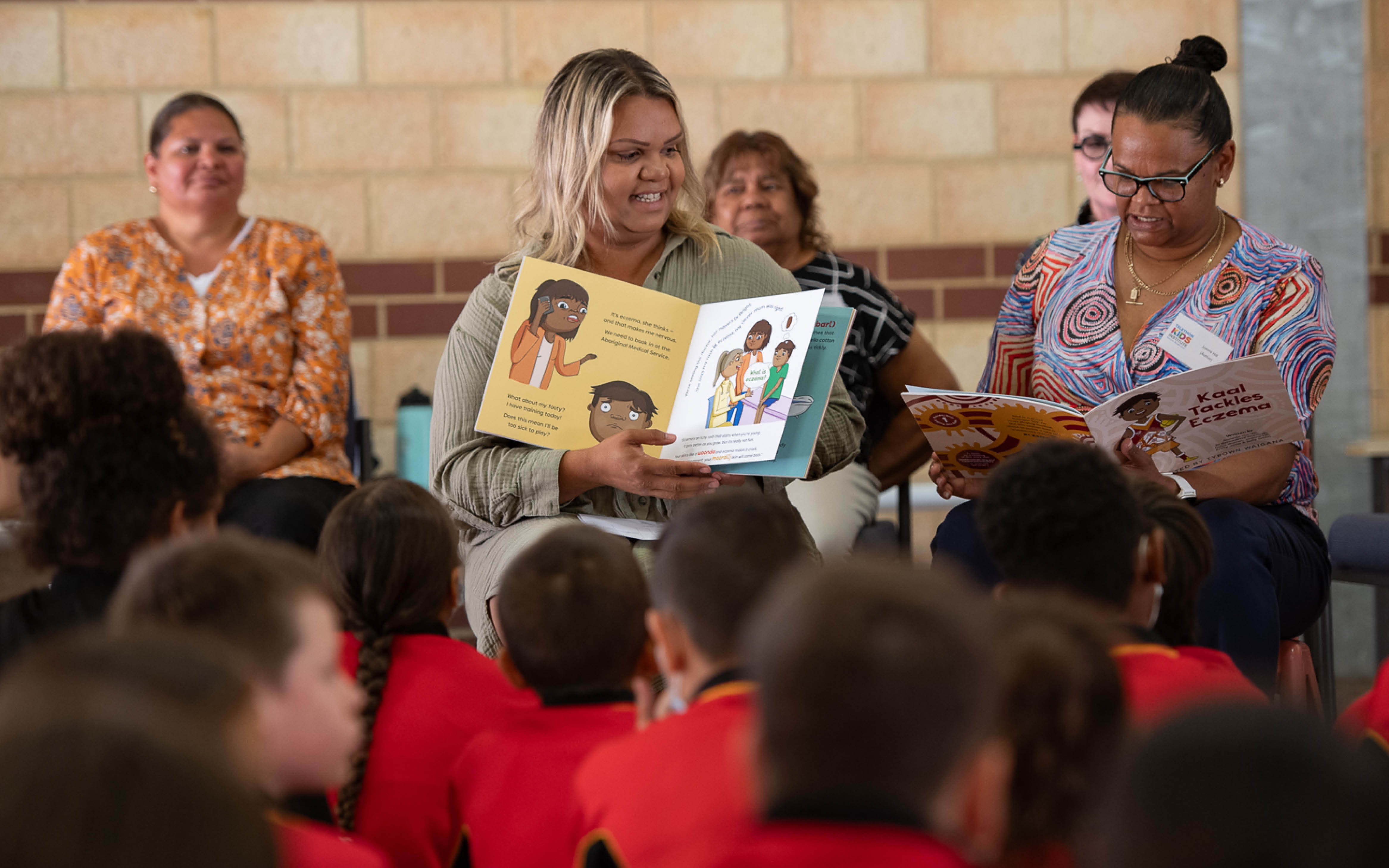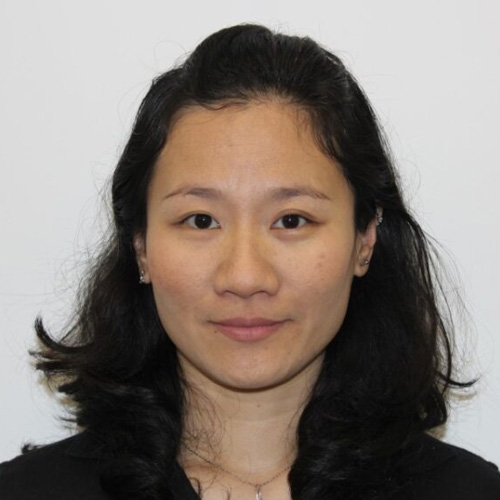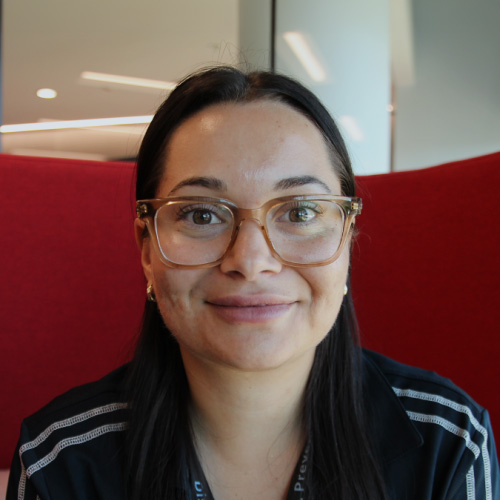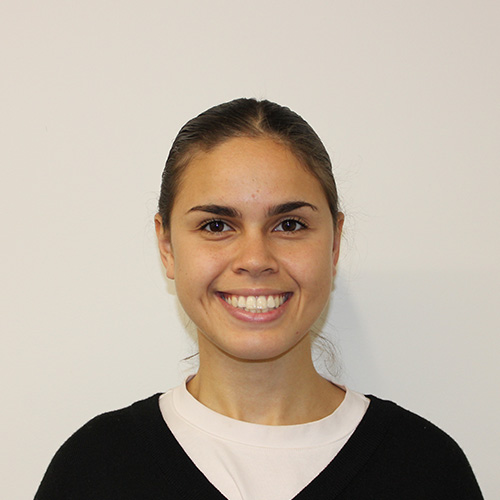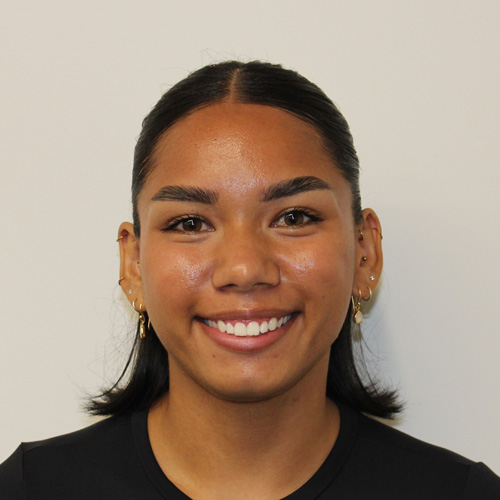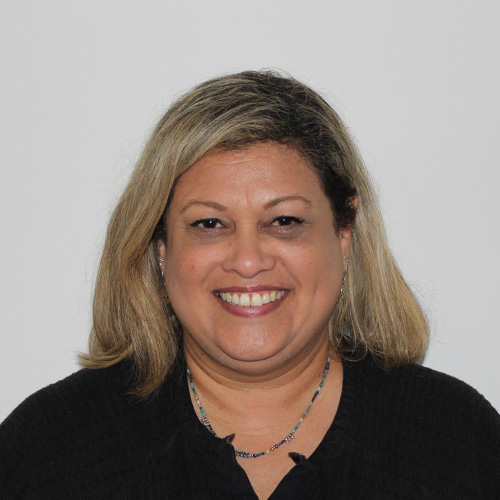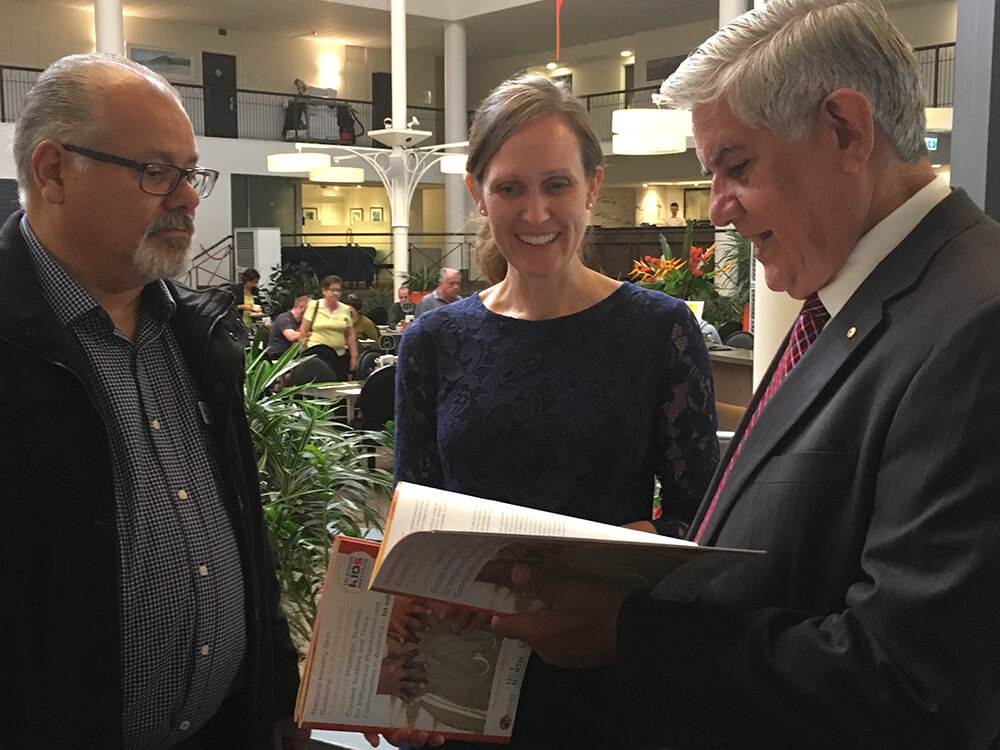Our aim is for all kids to have strong, healthy skin.
Through science, community driven action, and a focus on health equity, especially for Aboriginal children, we work to reduce the burden of Strep A skin sores and sore throats to prevent acute rheumatic fever. We know that Strong Skin leads to Strong Kids and Strong Communities.
The skin is the body’s largest and only externally visible organ.
The skin protects the inner workings of the body. Healthy skin is essential for maintaining overall health and well-being. Itchy skin infections such as scabies, tinea, headlice and eczema can cause breaks in the skin, facilitating the entry of bacteria including Streptococcus pyogenes (Strep A) and Staphylococcus aureus. This can lead to the development of skin sores and boils. When left untreated, these conditions can progress to life-threatening complications such as sepsis, bone and joint infections, acute post-streptococcal glomerulonephritis (APSGN) and acute rheumatic fever (ARF), the precursor to rheumatic heart disease (RHD).
Current research shows skin infections affect more than 162 million children around the world at any one time, with the highest numbers in the Pacific, Asia, and Africa. In Australia, nearly half of remote living Aboriginal children experience a skin sore at any one time, by far the highest rate in the world. We are also working to better understand how much of a problem skin sores are for urban living Aboriginal children.
Through partnering with communities and yarning with families, we've identified key priorities to improve the skin health of children. One challenge that we have identified is that skin infections, despite being so common, are often overlooked or untreated. Drawing on the strengths of community, we co-develop culturally informed health promotion tools such as storybooks in local languages and hip-hop videos. These resources help families and clinicians recognise problematic skin conditions and understand how to access treatment. Explore the resources.
Our work focusses on Western Australia and extends nationally and globally. Ultimately, we’re working to improve skin health for children through prevention, early detection, and community-led, data-driven research for strong skin.
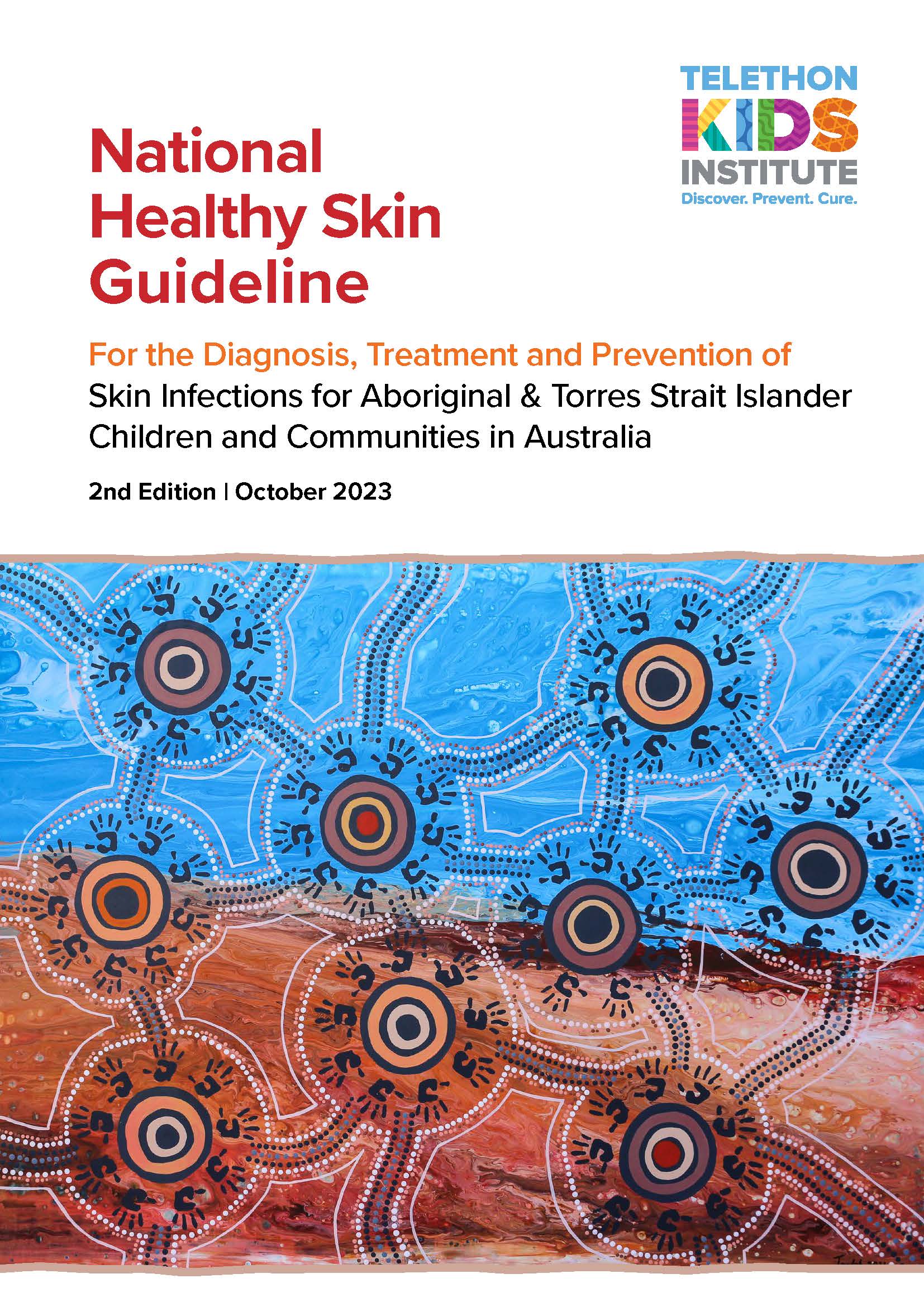
National Healthy Skin Guideline
National Healthy Skin Guideline is designed to help health care providers easily recognise, diagnose, and treat skin infections using online resources such as photographs, learning tools and an interactive questionnaire. The Guideline also provides plenty of information on how to stop the spread of germs and keep skin strong and healthy.
Learn more about the National Healthy Skin GuidelineHealthy Skin Resource
Our team has worked alongside Elder Researchers and community members from across WA to bring together a suite of Healthy Skin resources that are both culturally and geographically appropriate. These resources include health promotion books that incorporate traditional language and medicine, music videos, clinical factsheets, and guidelines.
Learn more about the Healthy Skin Resource HubNgangk Ngabala Ngoonda (Sun Safety)
The Ngangk Ngabala Ngoonda (Sun Safety) project aims to address an urgent health issue and knowledge gap by generating a greater understanding of the barriers to sun protective behaviours and skin cancer prevention among Aboriginal CYP and their families in WA.
December 2024
Current Projects
Koolungar (Children) Moorditj (Strong) Healthy Skin
The Koolungar (children) Moorditj (strong) Healthy Skin project is the first ever co-designed research-service Australian study to describe skin health in urban-living Aboriginal koolungar.
See, Treat, Prevent Skin Sores and Scabies (SToP) Trial
Healthy skin is important for maintaining overall health and wellbeing. Some skin infections, if untreated, can lead to serious downstream health complications such as heart disease, kidney disease, or sepsis.
SNAP-PY
There are an estimated 5000 episodes per year of bloodstream infections due to Staphylococcus aureus (golden staph) in Australia and an associated mortality of 20%. Despite this, there is little clinical trials evidence to guide best management.
October 2023
Team leader
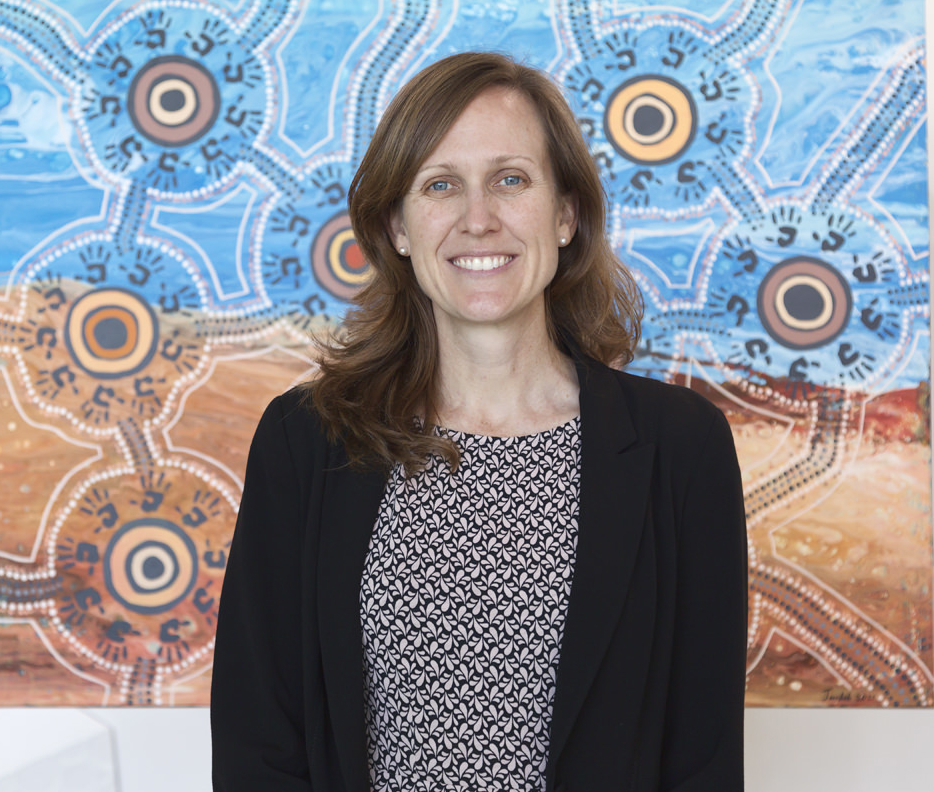
BA MBBS DCH FRACP PhD GAICD FAHMS OAM
Head, Healthy Skin and ARF Prevention
Team members (22)
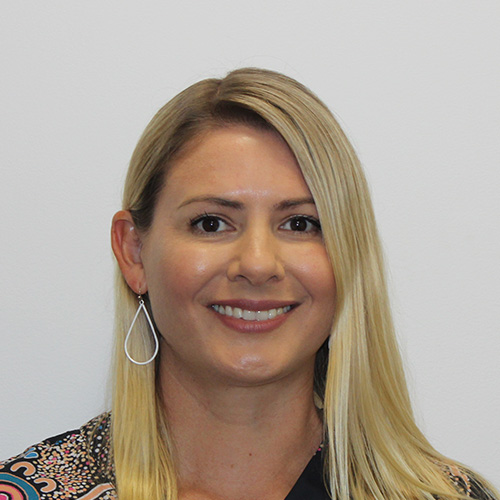
BSc Dip Gov

Bsc (Hons), MSC, PhD

B.Biomed (Hons)
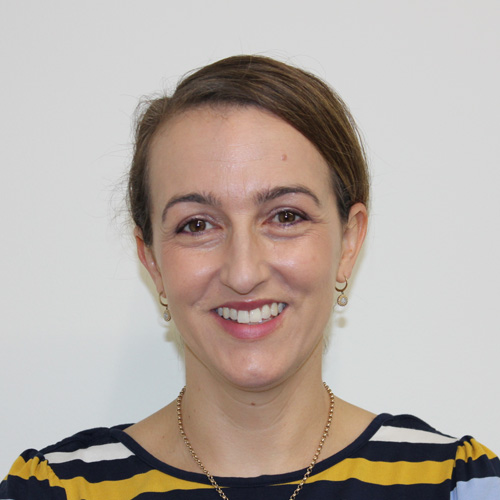
MBBS (hon) DCH FACD
PhD Candidate
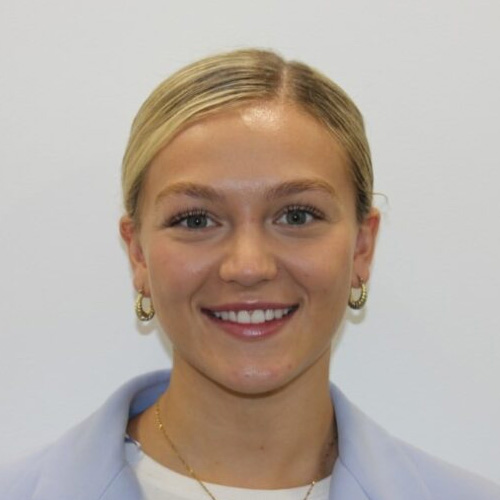
BBiomedSc (Honours)

BSc Mphil PhD
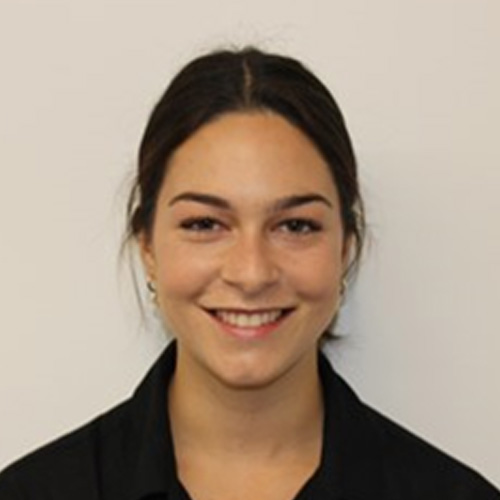
BBiomedSc
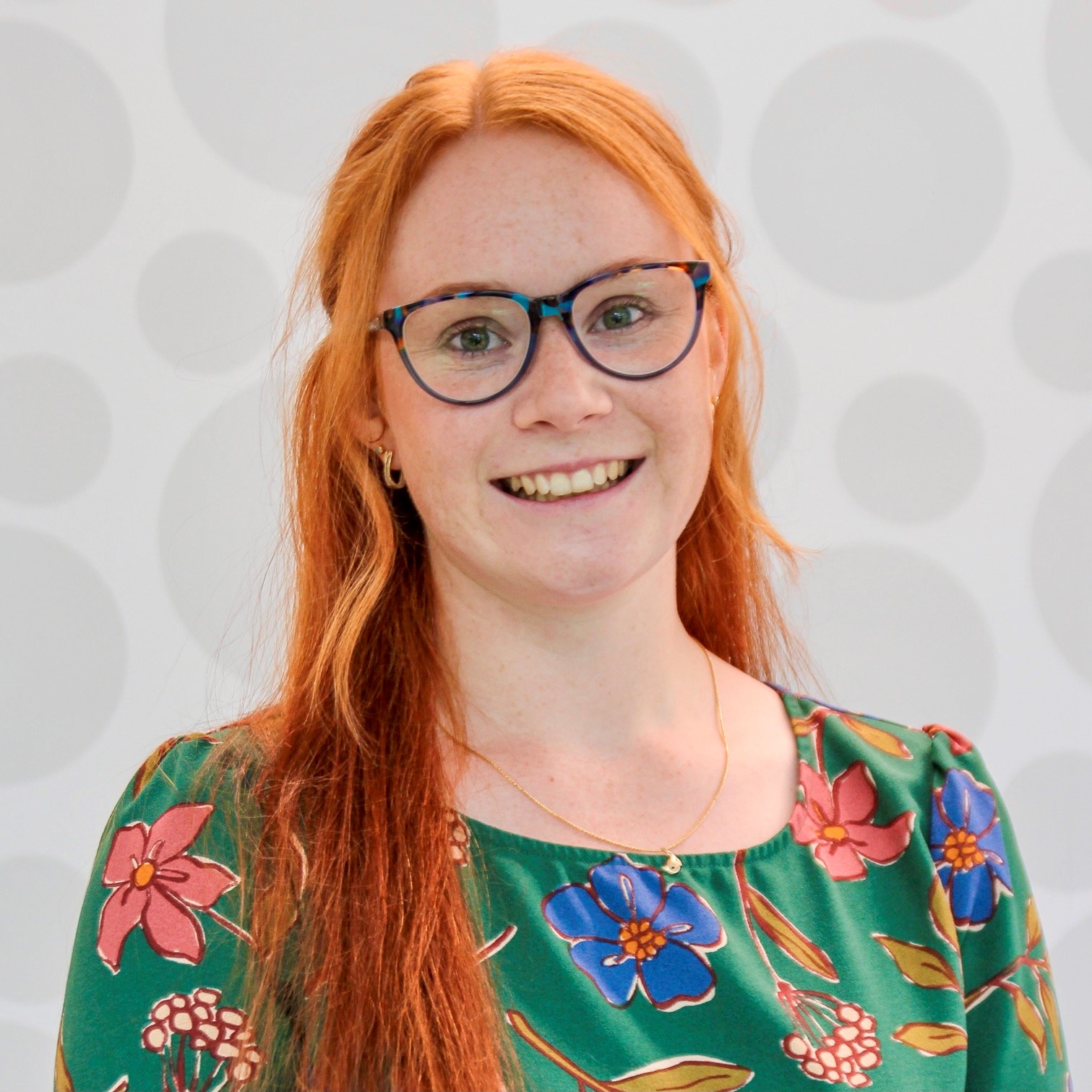
BSc (Hons), MPH, MIPH, PhD
Aboriginal Project Officer, Skin Health
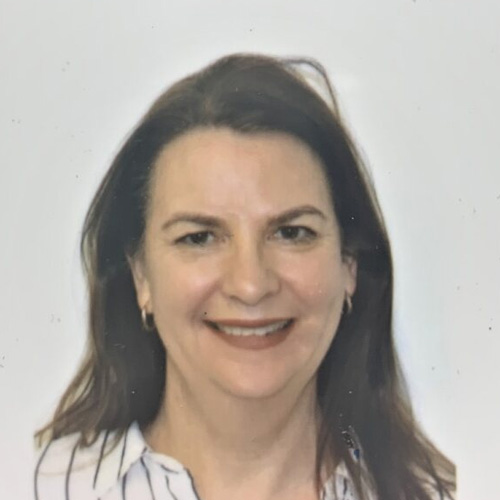
DipSc Grad Dip Cert
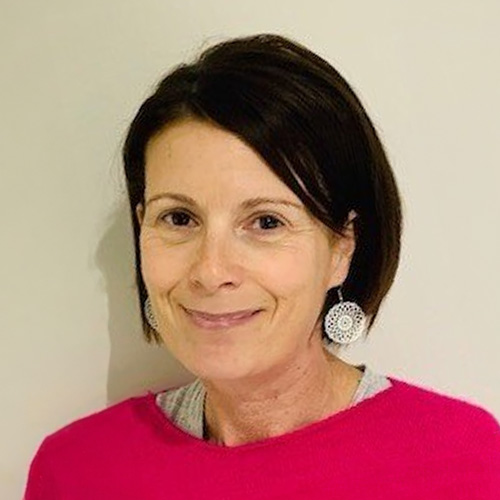
BBCJ, MPH, PhD
Post-doctoral Researcher
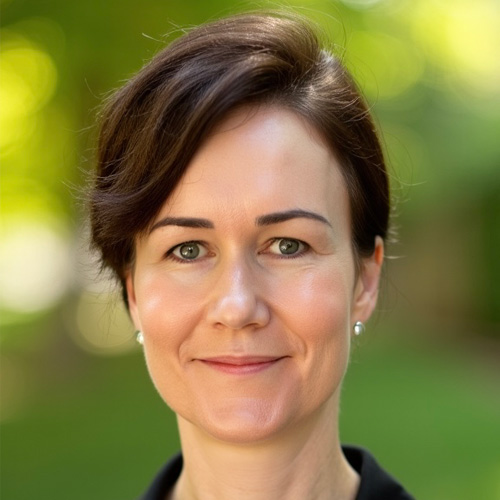
MBBS, DCH, PG DipPID, FRACP, PhD
Infectious Diseases Physician; Raine Clinician Postdoctoral Research Fellow; Deputy Head of the Wesfarmers Centre of Vaccines and Infectious Diseases; Clinical Senior Lecturer, School of Medicine, The University of Western Australia
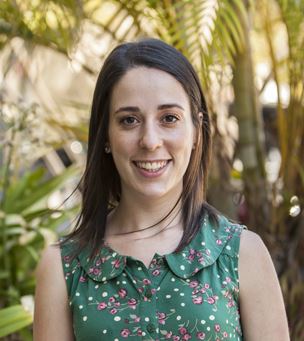
BSc (OT)
Program Advisor, SToP Trial

MD, BPharm
Masters Research Student
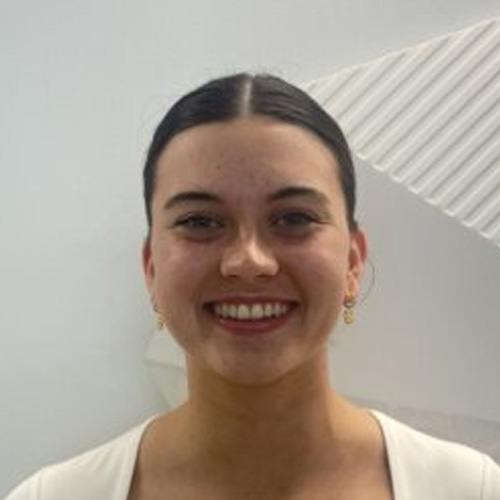
BSc Biomedical Science
Senior Research Officer
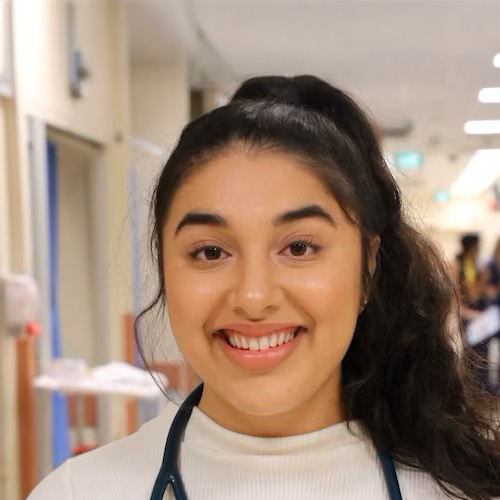
BSc MD
Honorary Team Member
Aboriginal Research Assistant
Aboriginal Project Coordinator
Aboriginal Health Project Officer
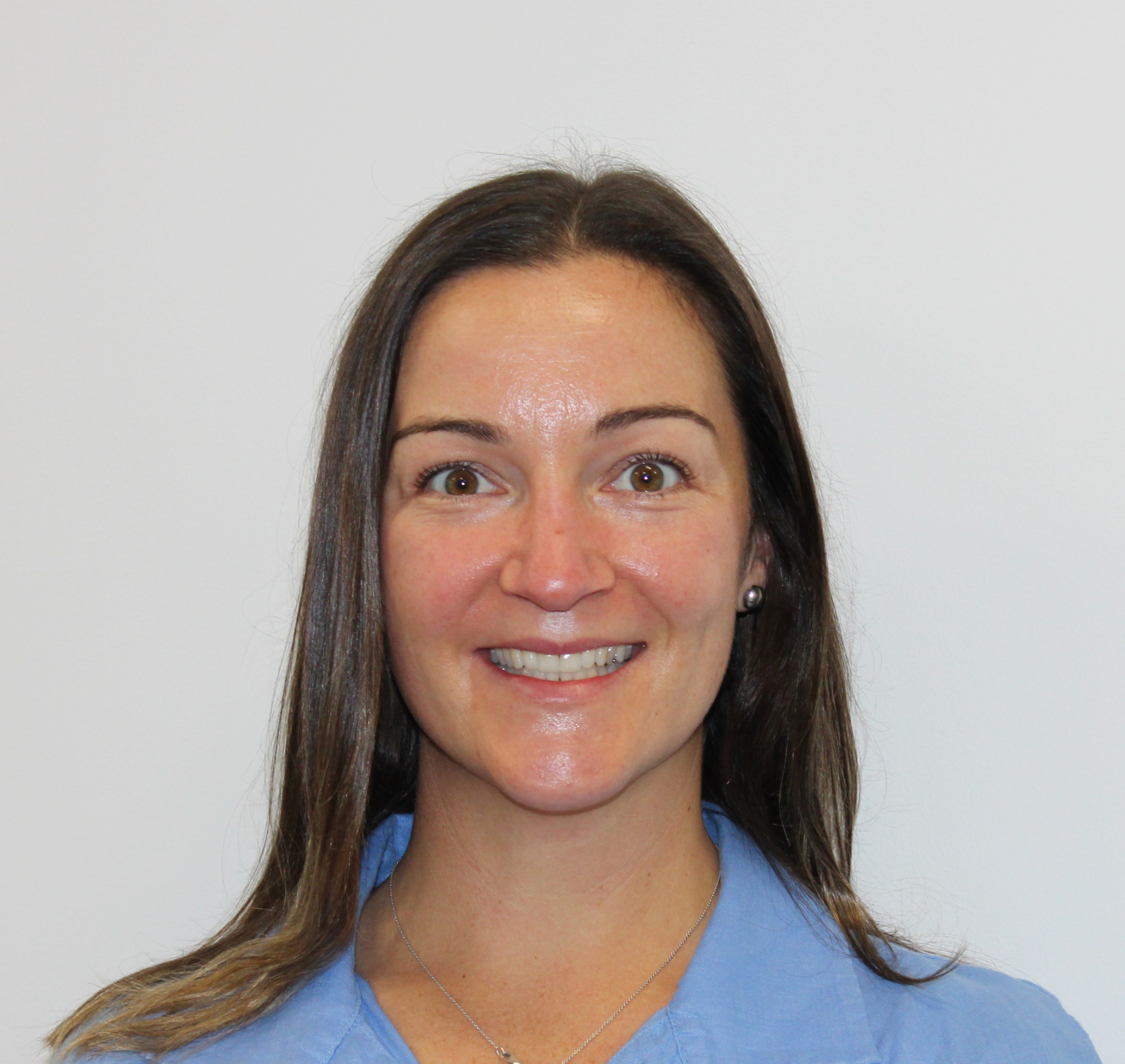
Anna Clements
Project Officer
Featured projects
Acute Rheumatic Fever Diagnosis Collaborative Network (ARC)
ARC is a global network of collaborators committed to reducing the burden of RHD in our lifetime.
See, Treat, Prevent Skin Sores and Scabies (SToP) Trial
Healthy skin is important for maintaining overall health and wellbeing. Some skin infections, if untreated, can lead to serious downstream health complications such as heart disease, kidney disease, or sepsis.
Other projects
Ngangk Ngabala Ngoonda (Sun Safety) Ngangk Ngabala Ngoonda (Sun Safety) Moorditj Marp (Strong Skin) Evaluation and development of culturally relevant healthy skin storybooks SNAP-PY Koolungar (Children) Moorditj (Strong) Healthy Skin Skin health situational analysis to inform skin disease control programs for the Kimberley All Healthy Skin and ARF Prevention projects
